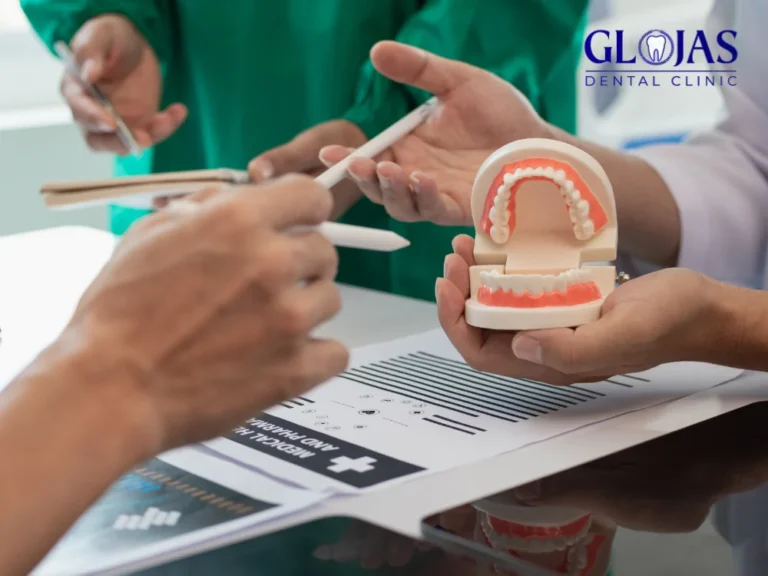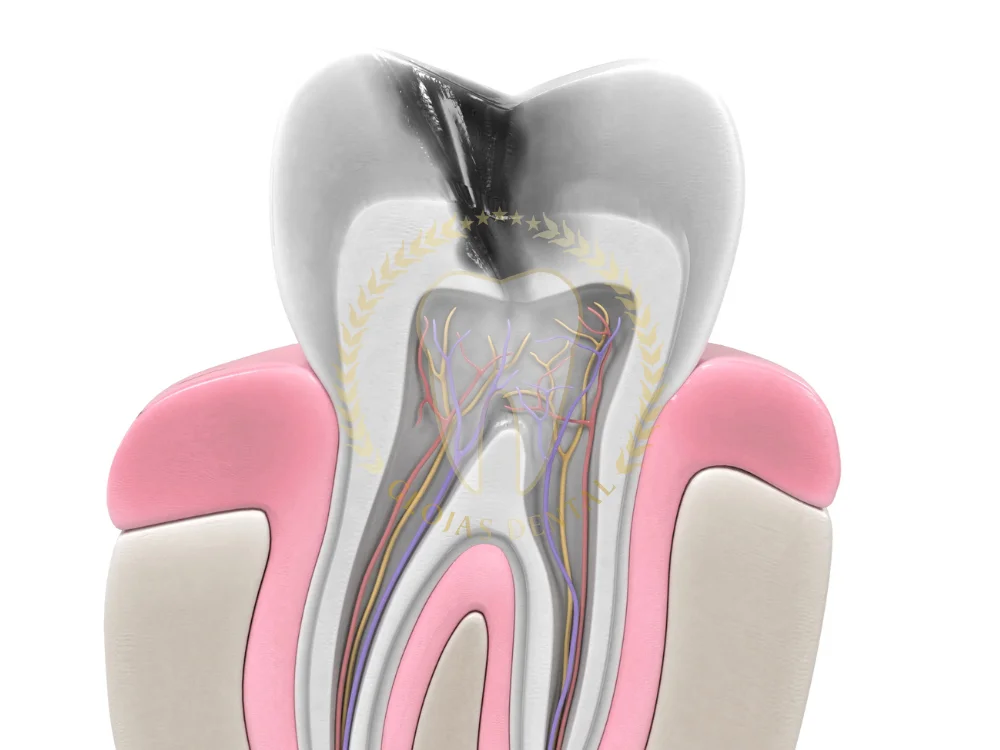A root canal might seem intimidating, but with proper knowledge, you’ll realize it’s a straightforward process designed to relieve pain and save your tooth. Let’s break down the root canal step by step to ease your concerns and provide clarity about this common dental treatment.
What Is a Root Canal Procedure?
A root canal is a dental treatment used to repair and save a tooth that is badly decayed or infected. The procedure removes the infected pulp inside the tooth, cleans and disinfects the canals, and then fills and seals them to prevent further damage.
By following the root canal step by step, patients can understand its importance in preserving oral health and avoiding tooth extraction.
Signs You Might Need a Root Canal
Recognizing the symptoms of a potential root canal can help you seek timely treatment. Here are some key indicators:
- Persistent toothache or sensitivity.
- Swelling or tenderness in the gums.
- A darkened tooth due to internal decay.
- Abscess formation causing pus drainage.
Root Canal Step by Step: What to Expect
Understanding each phase of the root canal procedure can reduce anxiety and prepare you for the process. Here’s a detailed look at the steps:
Step 1: Diagnosis and X-Ray Examination
Your dentist will start by examining the tooth and taking X-rays to assess the damage. This step identifies the infection and helps plan the treatment accurately.
- X-rays reveal the extent of decay.
- Dentists use this information to create a personalized treatment plan.
Step 2: Administering Local Anesthesia
To ensure you remain comfortable, a local anesthetic is applied to numb the area around the affected tooth. This step eliminates any pain during the procedure.
- For nervous patients, sedation dentistry might be an option.
- You’ll feel a slight pinch during the injection, but nothing more.
Step 3: Isolation with a Dental Dam
A rubber dam is placed around the tooth to keep it dry and free from saliva.
- This prevents contamination of the canals.
- It also ensures a sterile environment for the procedure.
Step 4: Access Opening in the Tooth
The dentist will create a small opening in the crown of the tooth to access the infected pulp.
- This step allows the cleaning of the pulp chamber and root canals.
- It is performed using precision instruments for minimal discomfort.
Step 5: Cleaning and Shaping the Canals
The pulp, bacteria, and debris are removed from the root canals. The canals are then cleaned and shaped to prepare for filling.
- Dentists use tiny, flexible files for precision.
- Irrigation solutions are employed to disinfect the canals.
Step 6: Filling the Canals
Once cleaned, the canals are filled with a rubber-like material called gutta-percha. This step prevents bacteria from re-entering the tooth.
- Sealing the canals is critical to the success of the treatment.
- The tooth is temporarily sealed until the next appointment.
Step 7: Placing the Crown
Finally, a crown or filling is placed to restore the tooth’s strength and functionality.
- Crowns are custom-made to match your natural teeth.
- They protect the treated tooth from future damage.
How Long Does a Root Canal Take?
A typical root canal procedure can be completed in 1–2 visits. The duration depends on:
- The severity of the infection.
- The number of canals in the tooth.
On average, a single session may last 60–90 minutes.
Benefits of a Root Canal Procedure
While the term “root canal” might sound daunting, the procedure offers several benefits:
- Pain relief: Eliminates the source of discomfort.
- Tooth preservation: Saves your natural tooth.
- Improved aesthetics: Crowns restore the tooth’s appearance.
Root Canal Recovery Tips
After the procedure, mild soreness is normal but temporary. Here are some recovery tips:
- Take over-the-counter pain relievers as recommended by your dentist.
- Avoid chewing on the treated tooth until the final restoration is complete.
- Maintain excellent oral hygiene to prevent future issues.
Debunking Common Root Canal Myths
Myth 1: Root Canals Are Extremely Painful
Modern dentistry has advanced significantly, and local anesthesia ensures the procedure is virtually pain-free.
Myth 2: Extraction Is Better Than a Root Canal
Saving your natural tooth is always preferable to extraction. Root canals preserve the structure and functionality of the tooth.
Frequently Asked Questions (FAQs) About Root Canal Step by Step
1. What happens if a root canal procedure is delayed?
Delaying a root canal can worsen the infection, leading to severe pain, abscess formation, and potential tooth loss.
2. Is a root canal procedure safe?
Yes, root canals are a common and safe dental procedure when performed by an experienced dentist.
3. Can I drive home after a root canal?
In most cases, you can drive yourself home unless sedation was used during the procedure.
4. How much does a root canal cost?
Costs vary depending on the tooth and complexity of the case. Consult your dentist for an accurate estimate.
5. Do root canals last forever?
With proper care, a treated tooth can last a lifetime. Regular dental check-ups are essential to ensure its longevity.
6. Is it normal to feel pain after a root canal?
Mild discomfort is normal after the procedure, but severe pain should be reported to your dentist promptly.
Conclusion
Understanding the step-by-step process of a root canal can significantly alleviate anxiety and empower patients to prioritize their oral health. By knowing what to expect during each stage of the procedure, individuals can approach their appointments with greater confidence and a clearer understanding of the treatment’s purpose. This detailed guide has provided essential information about the root canal procedure, from initial diagnosis to final restoration, equipping you with the knowledge necessary to make informed decisions about your dental care.
Whether you are currently experiencing symptoms that suggest a potential need for a root canal or simply wish to expand your understanding of dental procedures, this comprehensive overview should serve as a valuable resource. Remember, early intervention is key to preserving natural teeth and maintaining optimal oral health. If you are experiencing persistent tooth pain, sensitivity, swelling, or discoloration, it is crucial to consult with a qualified endodontist or dentist promptly.



